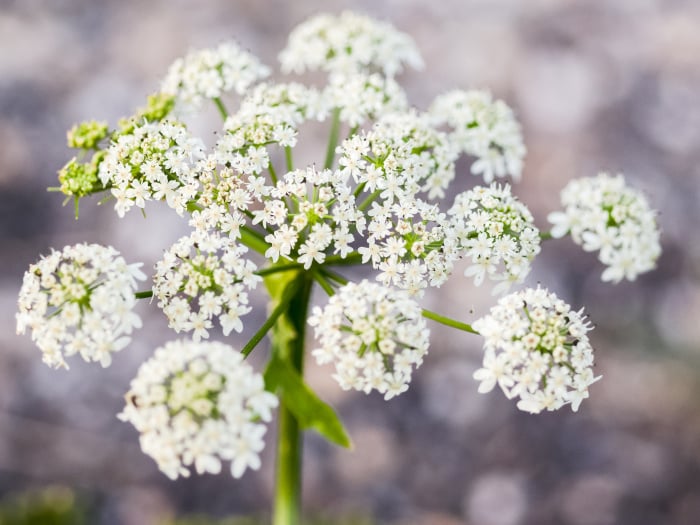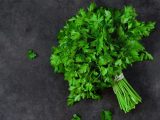Despite its name, cow parsley has no bovine characteristics. It’s a pretty plant, often found by the roadside. The white lace-like petals of its flowers make any road scenic. But for all the pretty picture it makes, it does get a fair bit of bad press. It is a weed that grows rapidly and can often take over vegetation in its surrounding. So, it’s classified as an alien invasive species in many countries. In the UK, it has the rather unfortunate nickname of ‘mother-die’. According to folklore, one’s mother would die if one brought the plant indoors! But what are the facts? Is cow parsley safe to eat? The short answer is that yes, it is. However, there are some conditions that you must be aware of.
What is Cow Parsley?
Cow parsley (Anthriscus sylvestris), also known as keck, wild chervil, and wild beaked parsley, is a short-lived biennial plant. This hollow-stemmed plant grows in the summer and then dies. It is native to Europe, northwestern Africa, western Asia, and the Mediterranean region. It is related to carrot, parsley, hemlock, and hogweed. It is often confused with Queen Anne’s lace because of very similar appearance. However, cow parsley is a far more invasive species and is considered a weed.
Is Cow Parsley Safe to Eat?
Cow parsley is an edible plant. It has an interesting flavor which is a cross between wild chervil and carrot. Not surprising, since it is related to both. The various parts of the plant, such as the leaves, flowers, and stems are edible.

The pretty cow parsley flowers. Photo Credit: Shutterstock
- The leaves are used as herbs. Sometimes it is used as a substitute for chervil. However, it has a fairly strong aroma. So, its always better to use it in sparse quantities.
- Dried leaves can be brewed into tea.
- It is used as a substitute for chervil.
- It was and still is eaten extensively by the Native Americans in myriad ways. The stems are peeled and eaten raw or cooked. It is added to stews for flavor. It is also eaten with a light dressing of oil or honey. [1]
- Native Americans used it for medicinal purposes as well. The leaves and rhizomes were used to cleanse the gallbladder and kidney. It was also used as a mosquito repellant.
- The dried roots were used as a tonic in Chinese medicine. [2]
So, why does cow parsley get a bad name? There are two reasons behind it. One, it resembles the more deadly hemlock. Since this herb is mostly acquired through foraging, it can be dangerous if you don’t know what you are looking for. Another reason for caution is that cow parsley can cause skin irritation. So, there are certain rules you must follow when harvesting or eating.
Foraging Cow Parsley
This plant can be cultivated at any time. But most foragers see it as both an herb and vegetable. If you want to use it as a vegetable, particularly the shoots, it is best to harvest it when it’s young. Early to mid-spring (April-May) is when you will get the most tender shoots. These can be cooked in just a smidgen of butter or with a light dressing. The leaves are also best when young. They are usually too tough by the time the plant starts flowering. The ideal foraging season for the leaves is from January to May. Its shoots contain sap which can be an irritant. So, it is advisable to be careful when harvesting the leaves and shoots. You can wear a pair of gloves to be on the safe side.
Cow Parsley Vs Hemlock
The biggest concern when foraging for cow parsley is its close resemblance to hemlock. The usual rule of foraging is that ‘when in doubt, leave it out’. So, we will recommend that you either take the help of an expert forager or take time to familiarise yourself with the plant. Some points of differences are:
- Cow parsley has a velvety stem, almost hairy where hemlock does not.
- Hemlock often has purplish blotches on its stem (although not when young). Cow parsley can be green or purple, but never with blotches.
- When crushed, cow parsley leaves smell of parsley. Hemlock has a rather unpleasant smell.
Cow parsley is perfectly safe to eat. However, you should be able to identify the plant. It is best to take the help of an expert forager. Once you have it, enjoy its succulent shoots and leaves in salads, stir-fries, stews, and other recipes.

